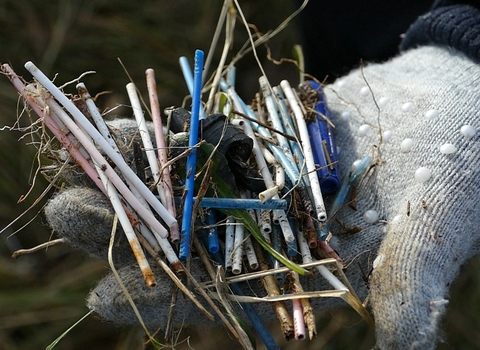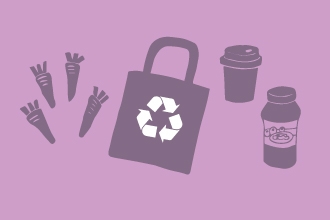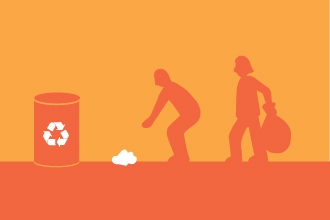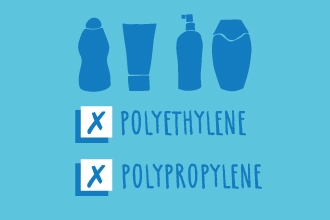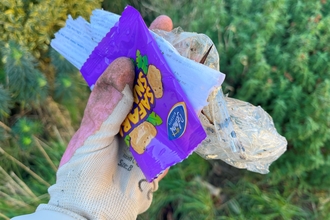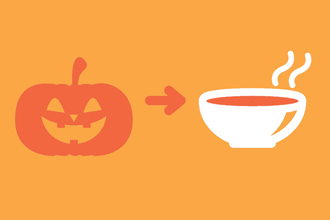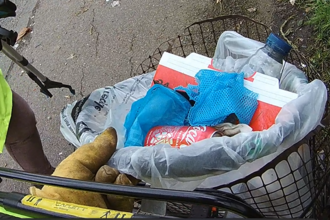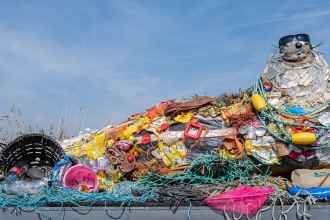The plastic problem
Plastic in the environment doesn't disappear, it just breaks down into smaller pieces. It is estimated that 12.2 million tonnes of plastic enter our seas every year. This comes from the public, shipping, fishing and waste treatment.
Globally, around 1 million seabirds and 100,000 marine mammals die every year from eating or getting entangled in marine litter. Aside from the dangers of becoming trapped or injured, animals often ingest plastic fragments, with the potential to build up in the food chain - from microscopic animals right up to large predators, including us.
How we're tackling plastic pollution
The Essex Pollution Project has been set up to address this problem. We already run regular beach cleans in Essex, but now we're furthering this. We are recording our collected waste and adding this to a national dataset. This includes weighing and recording how much of each plastic and litter type is collected. We will also be running more litter picking sessions across the county, and working with existing litter picking groups to expand this project. If you’d like to join our litter picking events, check out our events page here.
How you can help our marine wildlife
Here are a few ideas of what you can do.
If everyone takes small steps in their daily lives, we can have a big collective impact.

